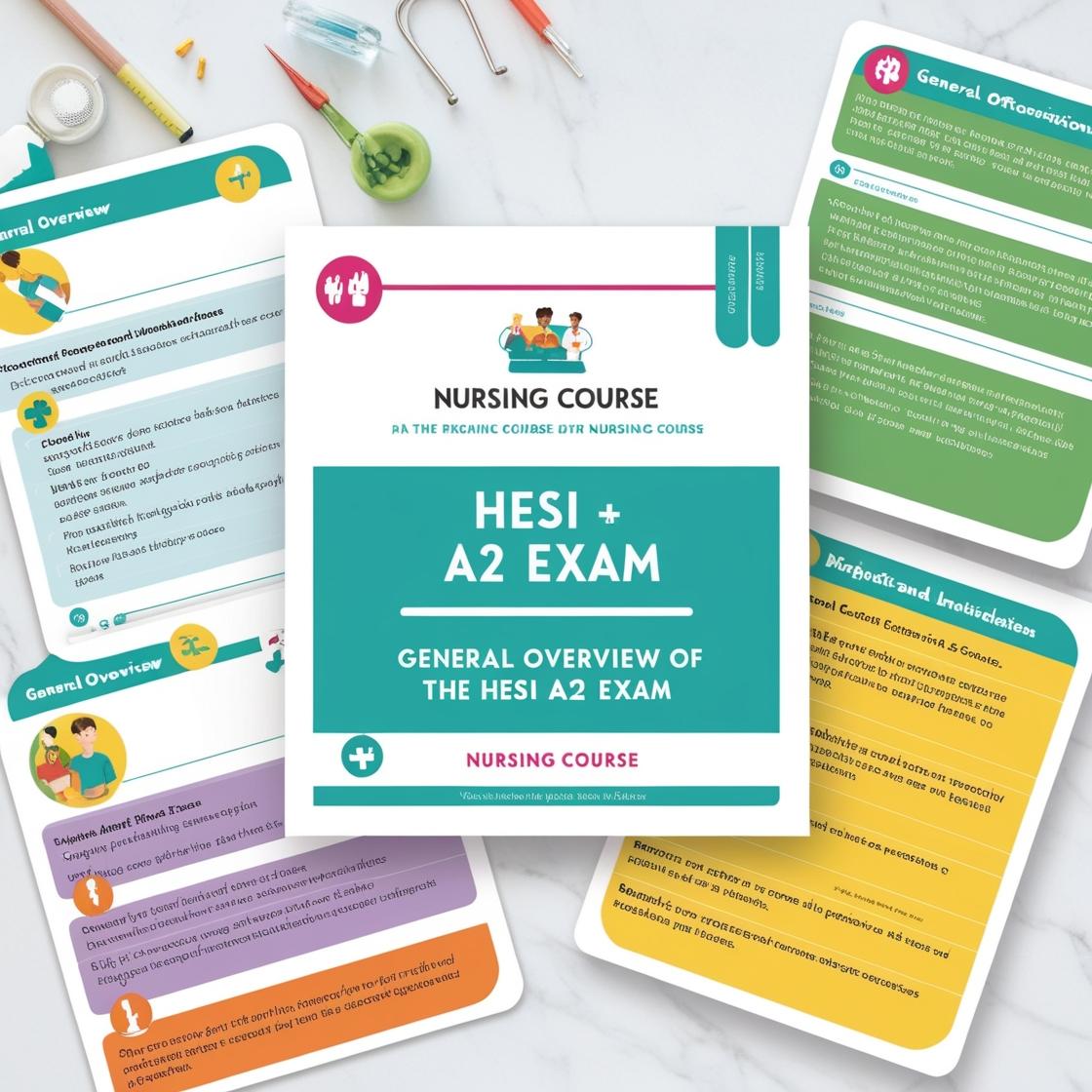HESI A2
HESI A2 Physics Quizlet
1. A caterpillar starts moving at a rate of 14 in/hr. After 15 minutes, it is moving at a rate of 20 in/hr. What is the caterpillar’s rate of acceleration?
- A. 6 in/hr²
- B. 12 in/hr²
- C. 24 in/hr²
- D. 280 in/hr²
Correct answer: C
Rationale: Acceleration is the change in velocity over time. The change in velocity for the caterpillar is 20 in/hr - 14 in/hr = 6 in/hr. Since this change occurred over 15 minutes (or 0.25 hours), the acceleration can be calculated as (6 in/hr) / (0.25 hr) = 24 in/hr². Therefore, the caterpillar's rate of acceleration is 24 in/hr², which corresponds to choice C. Choice A, 6 in/hr², is incorrect as it does not account for the time factor and the correct calculation. Choice B, 12 in/hr², is incorrect as it doubles the correct acceleration value. Choice D, 280 in/hr², is significantly higher than the correct value, indicating a calculation error.
2. According to the zeroth law of thermodynamics, two systems are in thermal equilibrium if:
- A. They have the same pressure.
- B. They have the same volume.
- C. They have the same temperature.
- D. They are made of the same material.
Correct answer: C
Rationale: The correct answer is C: "They have the same temperature." The zeroth law of thermodynamics states that if two systems are each in thermal equilibrium with a third system, they are also in thermal equilibrium with each other. This implies that they have the same temperature. Choice A is incorrect because pressure is not the determining factor for thermal equilibrium. Choice B is incorrect because volume alone does not dictate thermal equilibrium. Choice D is incorrect as the materials the systems are made of do not determine thermal equilibrium according to the zeroth law of thermodynamics.
3. A concave mirror with a focal length of 2 cm forms a real image of an object at an image distance of 6 cm. What is the object's distance from the mirror?
- A. 3 cm
- B. 6 cm
- C. 12 cm
- D. 30 cm
Correct answer: B
Rationale: The mirror formula, 1/f = 1/do + 1/di, can be used to solve for the object distance. Given that the focal length (f) is 2 cm and the image distance (di) is 6 cm, we can substitute these values into the formula to find the object distance. Plugging in f = 2 cm and di = 6 cm into the formula gives us 1/2 = 1/do + 1/6. Solving for do, we get do = 6 cm. Therefore, the object's distance from the mirror is 6 cm. Choice A (3 cm), Choice C (12 cm), and Choice D (30 cm) are incorrect distances as the correct object distance is determined to be 6 cm.
4. In a static fluid, pressure (P) at a depth (h) is governed by the hydrostatic equation:
- A. P = ρgh
- B. P = γh
- C. P = μgh
- D. P = bh
Correct answer: A
Rationale: The correct formula for the pressure at a certain depth in a fluid according to the hydrostatic equation is P = ρgh. Here, ρ represents the fluid's density, g is the gravitational acceleration, and h is the depth. This formula shows that pressure increases linearly with the density of the fluid, the acceleration due to gravity, and the depth. Choices B, C, and D are incorrect because they do not accurately represent the relationship between pressure, density, gravitational acceleration, and depth in a static fluid.
5. A spring has a spring constant of 20 N/m. How much force is needed to compress the spring from 40 cm to 30 cm?
- A. 200 N
- B. 80 N
- C. 5 N
- D. 2 N
Correct answer: D
Rationale: The change in length of the spring is 40 cm - 30 cm = 10 cm = 0.10 m. The force required to compress or stretch a spring is given by Hooke's Law: F = k × x, where F is the force, k is the spring constant (20 N/m in this case), and x is the change in length (0.10 m). Substituting the values into the formula: F = 20 N/m × 0.10 m = 2 N. Therefore, the correct answer is 2 N. Choice A (200 N) is incorrect because it miscalculates the force. Choice B (80 N) is incorrect as it does not apply Hooke's Law correctly. Choice C (5 N) is incorrect as it underestimates the force required.
Similar Questions

Access More Features
HESI A2 Basic
$99/ 30 days
- 3,000 Questions with answers
- 30 days access @ $99
HESI A2 Premium
$149.99/ 90 days
- Actual HESI A 2 Questions
- 3,000 questions with answers
- 90 days access @ $149.99
